Research and Innovation
Reporters: Asst.Prof.Dr. Prapot Maliwan
Assoc.Prof.Dr. Pornsil Seephueak
Asst.Prof.Dr. Nion Chirapongsathonkul
Asst.Prof.Dr. Worawitoo Meesook
Evidence Date: during 2024 Jan-Dec
Related Indicators: 15.2.4
Details:
Dr. Prasert Nonthakarn, from the Faculty of Science and Technology, Rajamangala University of Technology Srivijaya, conducted a comprehensive research project on avian diversity in Thung Song City. The study aimed to understand how urban and surrounding natural areas support bird populations and other wildlife species. Local residents and students actively participated in the survey as field observers, contributing valuable data from different neighborhoods and habitats. This collaboration strengthened community engagement and built awareness of local biodiversity. The research team used standard ornithological survey methods such as point counts and transect observations. More than 200 bird species were recorded, demonstrating the city’s ecological richness. Notable species included the Greater Racket-tailed Drongo (Dicrurus paradiseus), the Great Argus (Argusianus argus), and the Asian Green Broadbill (Calyptomena viridis). The diversity of species found highlights Thung Song’s importance as a refuge for both resident and migratory birds. The study also documented the relationship between habitat conditions and bird distribution across different areas. This information provides a scientific foundation for long-term biodiversity management in the city.
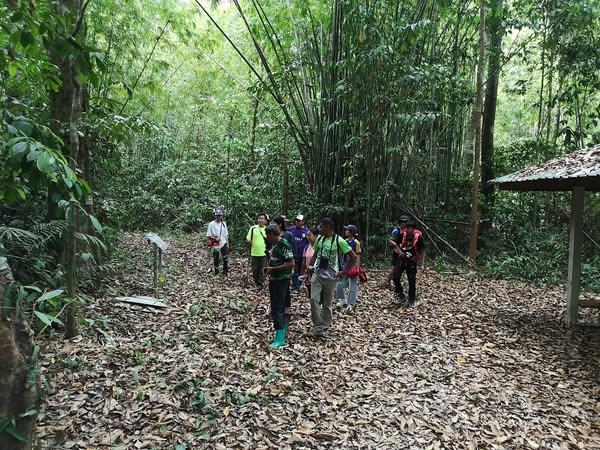
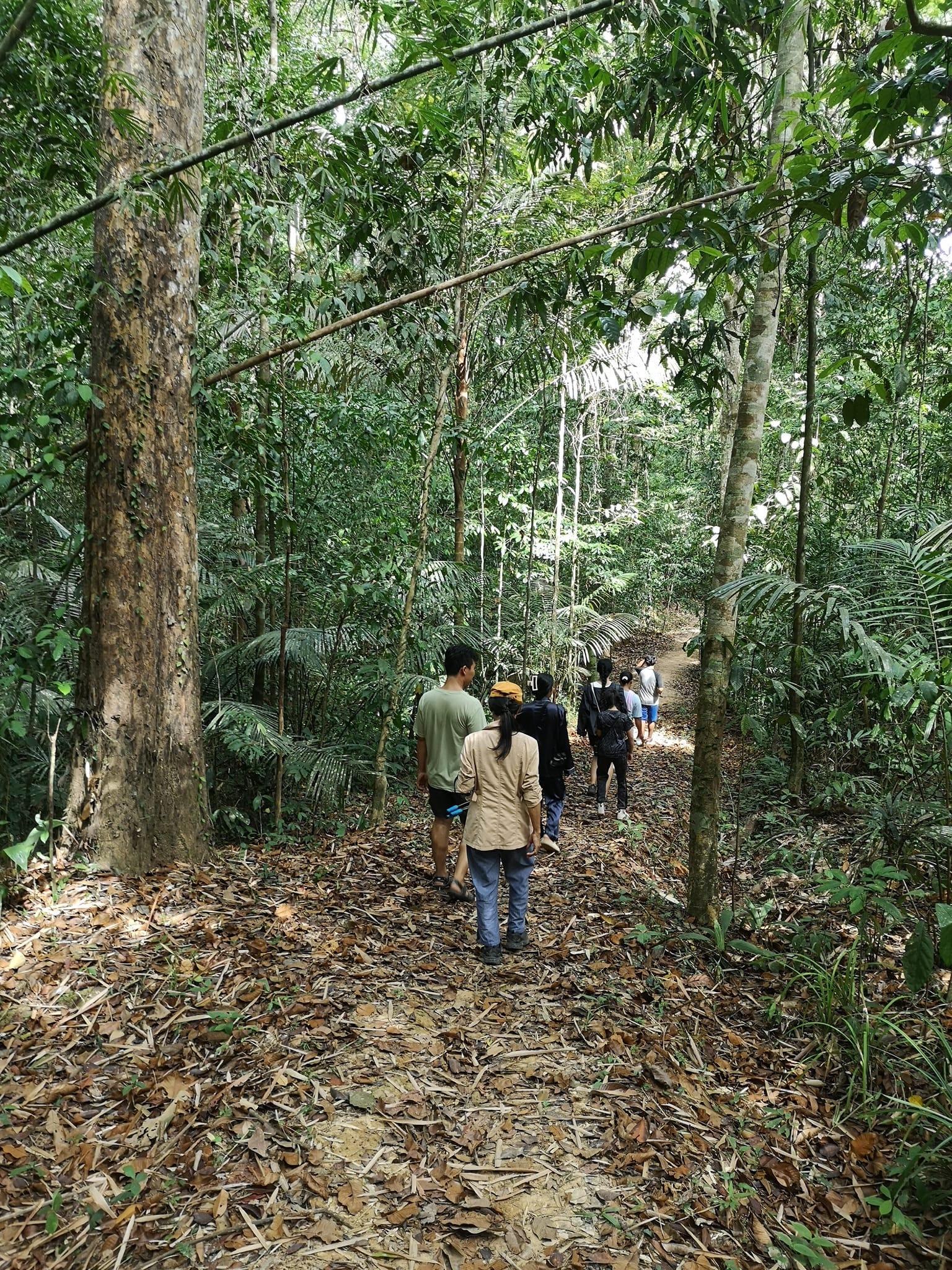
To expand the study beyond avian diversity, camera traps were installed in forested areas and nearby limestone hills. These devices recorded remarkable wildlife activity, revealing the presence of mammals rarely seen by local residents. The cameras captured images of monkeys, hedgehogs, civets, wild cats, deer and even deer, providing strong evidence of the area’s ecological health. In a surprising discovery, one camera trap also recorded an elephant passing through the site, emphasizing the connection between urban green spaces and wider wildlife corridors. The footage showed that Thung Song’s surrounding habitats still maintain ecological value for diverse animal species. The research team analyzed these findings to better understand species movement and habitat use. This evidence supports the idea that conserving even small patches of natural habitat can benefit large and wide-ranging animals. By combining direct bird observation and camera trapping, the project produced a comprehensive biodiversity database for the municipality. These results underline the critical role that Thung Song plays in regional conservation efforts. The presence of such rich wildlife indicates that sustainable urban planning can coexist with nature.
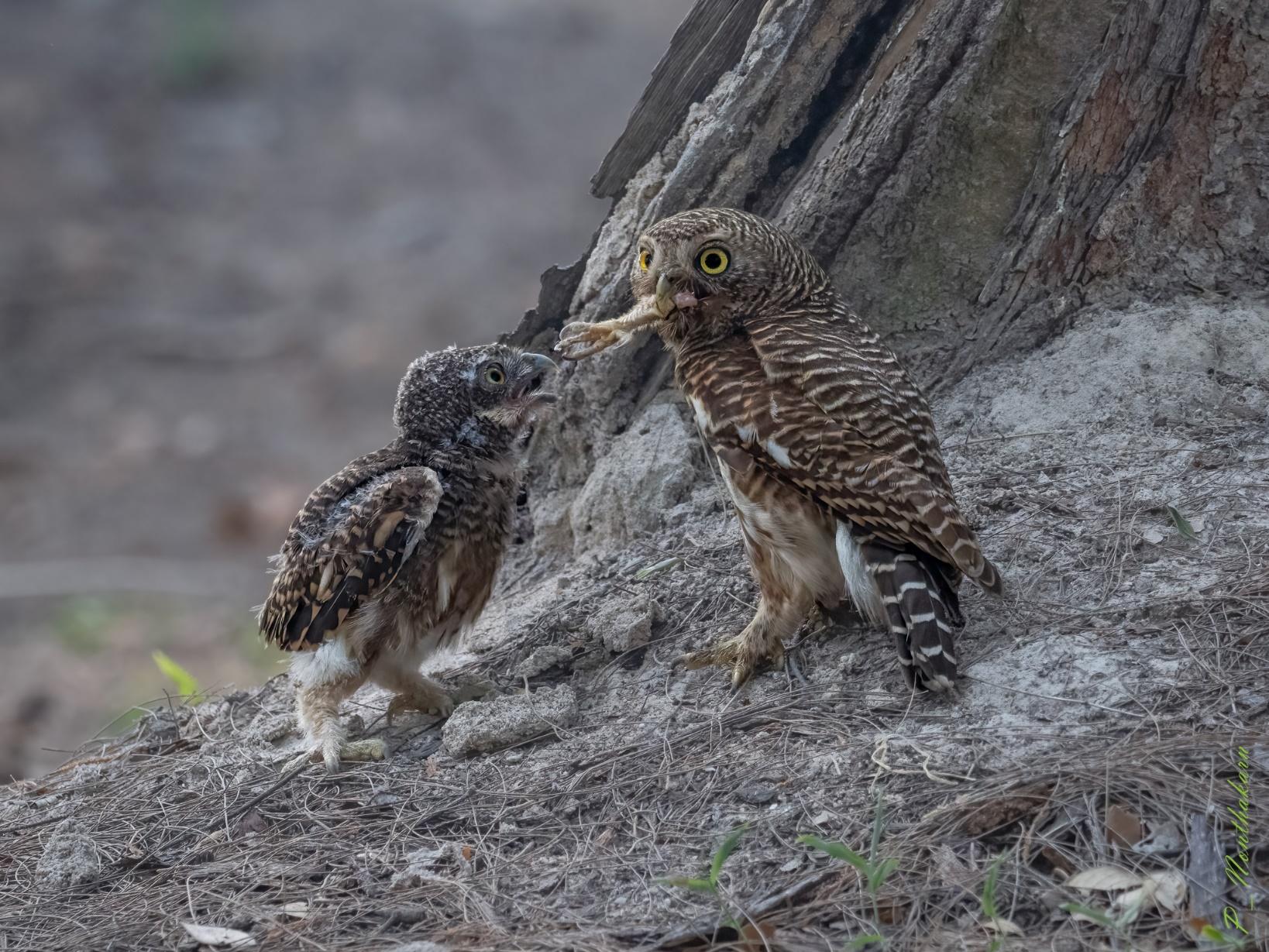
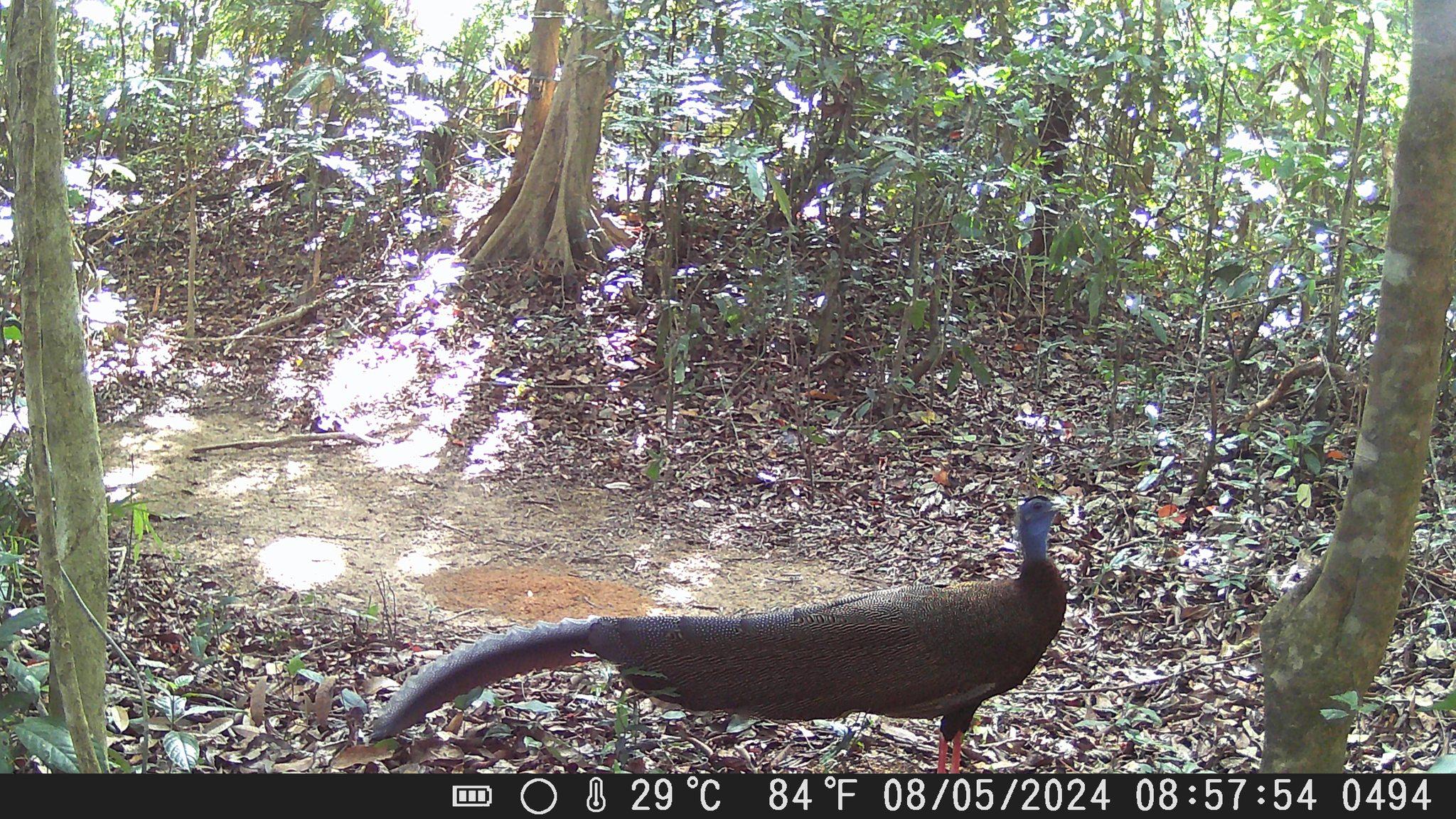
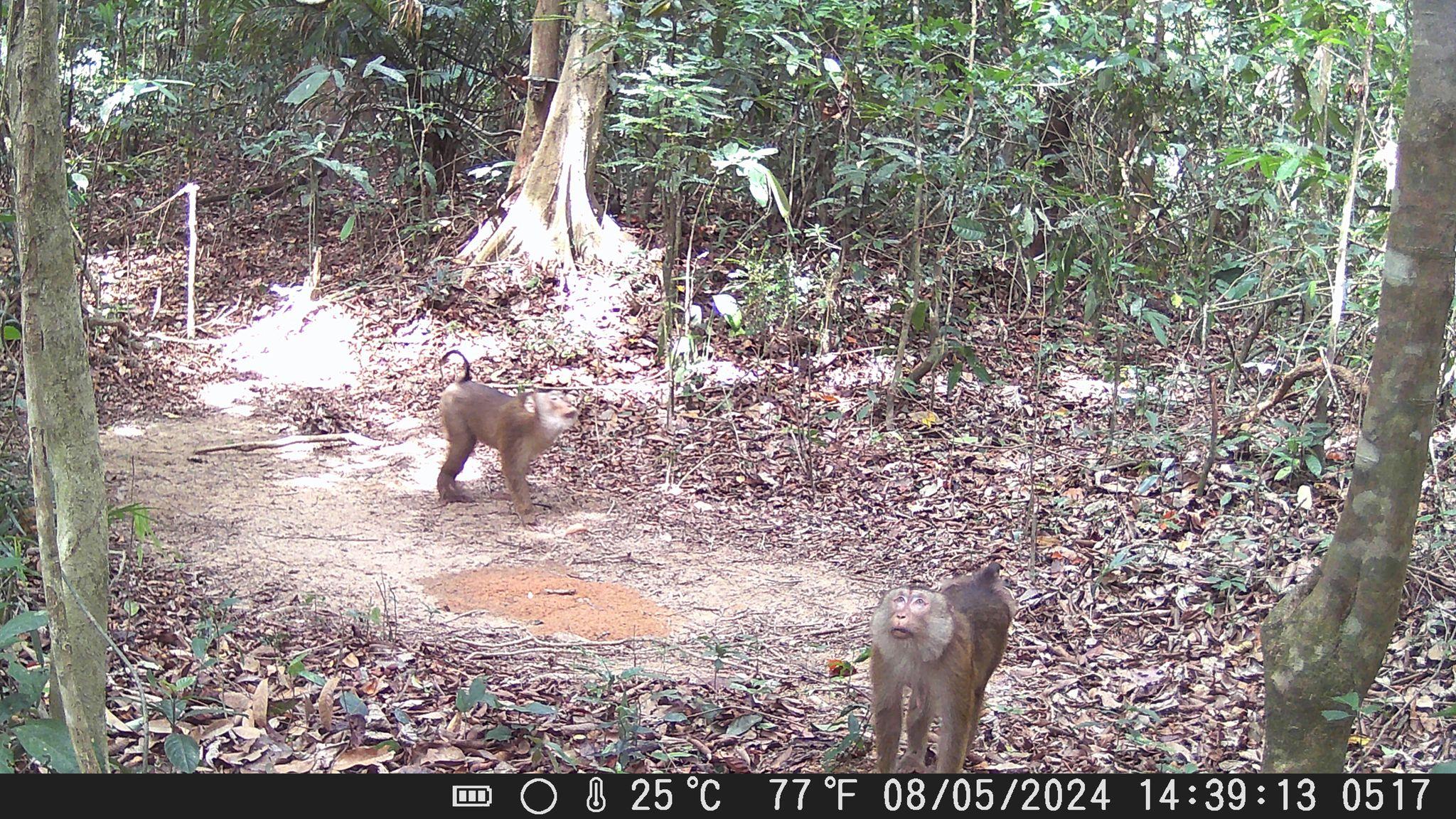
Dr. Prasert and his team shared the research outcomes with local communities through public meetings and exhibitions. Residents were amazed to learn about the variety of species living near their homes. This knowledge helped them appreciate the importance of conserving natural habitats within and around the city. Community discussions focused on ways to reduce human disturbance, prevent wildlife conflicts, and protect nesting or feeding areas. Students who joined the survey became more aware of how scientific research can contribute to conservation. Many expressed interest in continuing biodiversity monitoring as part of school projects. The collaboration between the university, schools, and local residents demonstrated the power of participatory research. By engaging the community, the project transformed biodiversity data into meaningful conservation action. The study proved that when people understand the richness of their environment, they become motivated to protect it. Ultimately, this research strengthened the bond between science, education, and the community in preserving Thung Song’s natural heritage.
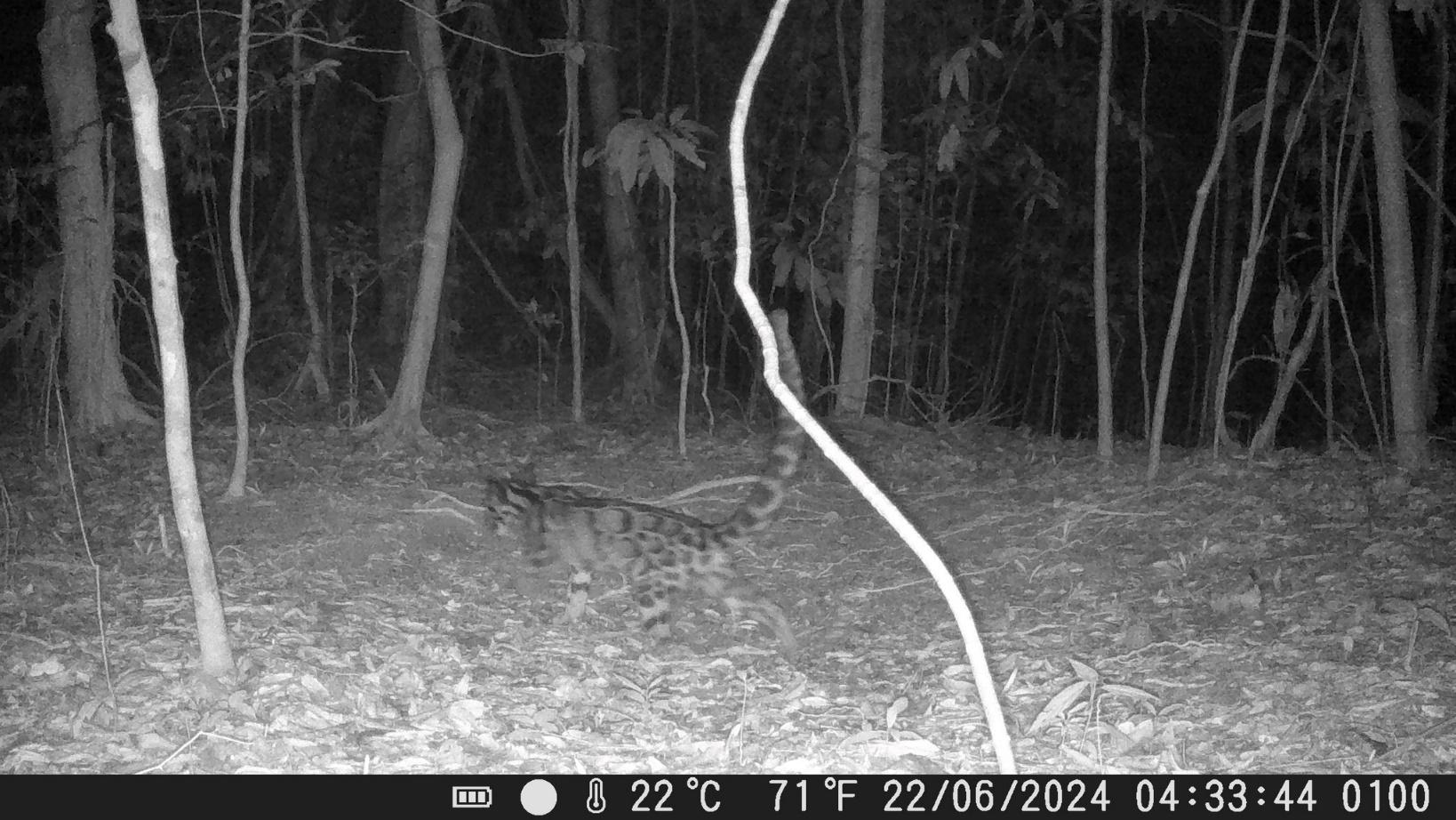
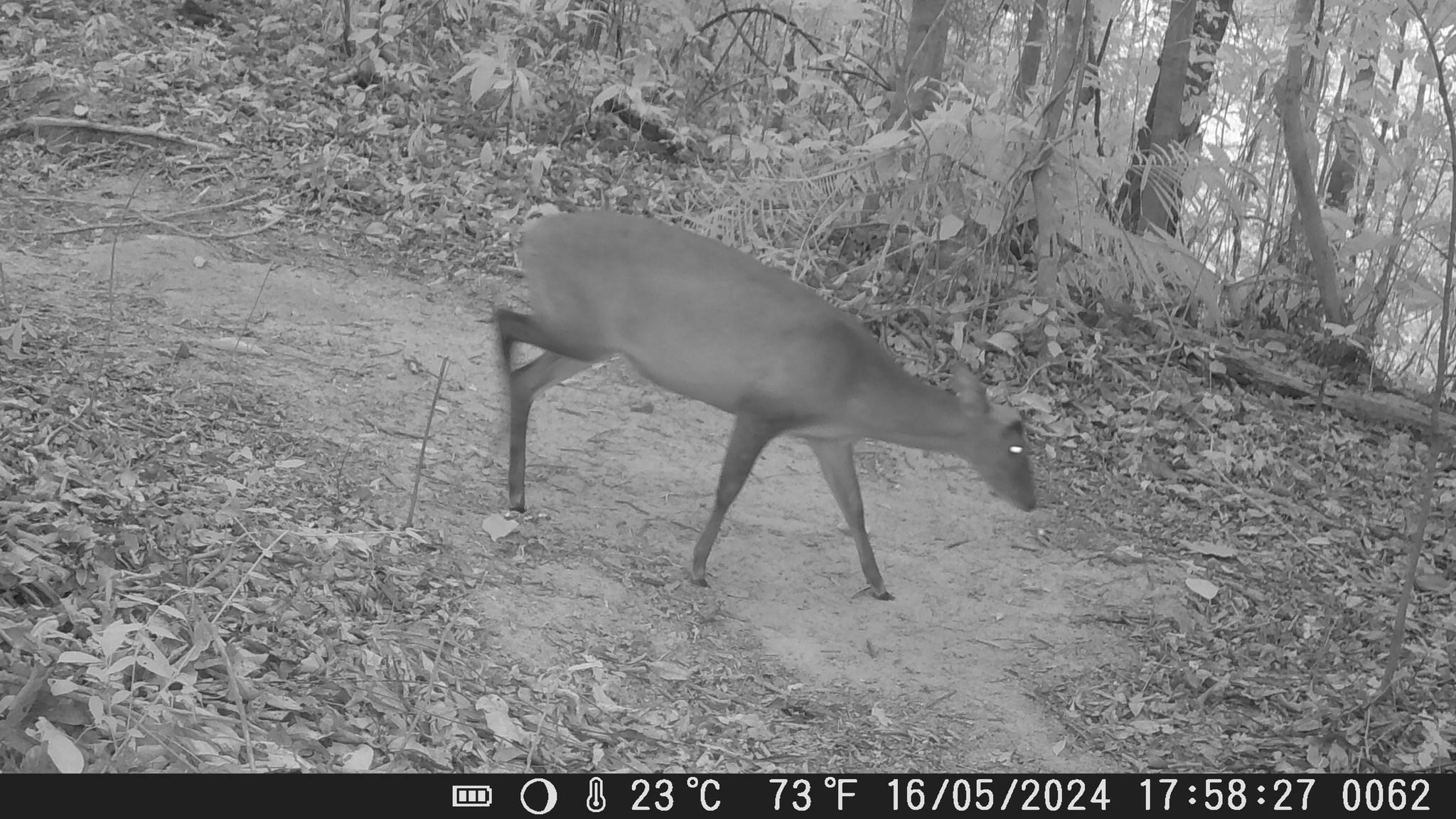
Related Links:
https://www.facebook.com/photo.php?fbid=8023519784358867&set=pb.100001027764778.-2207520000&type=3
https://www.facebook.com/photo.php?fbid=7843706099006904&set=pb.100001027764778.-2207520000&type=3




